Home>Furniture & Design>Interior Design Trends>How To Get Scratches Out Of Glass
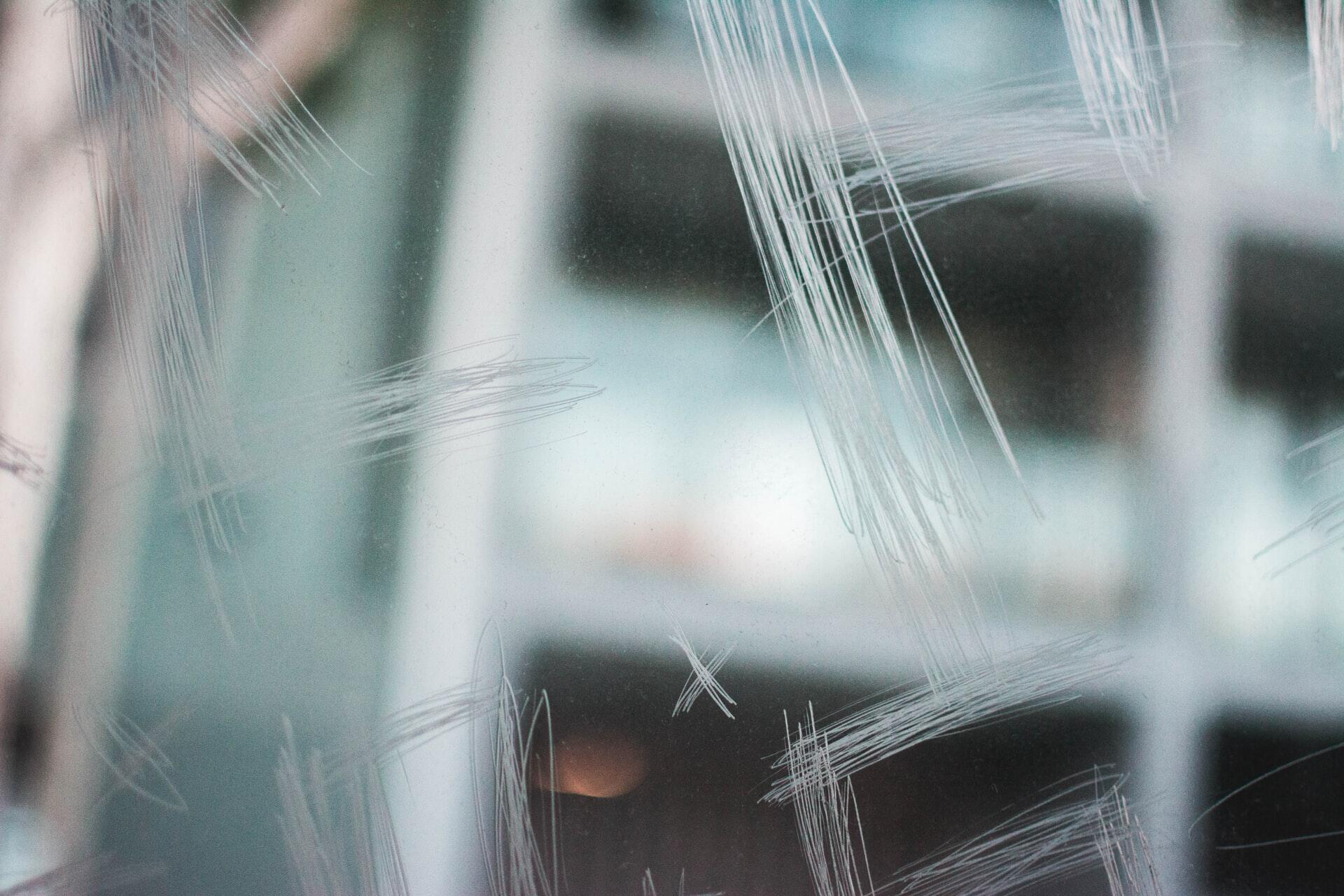

Interior Design Trends
How To Get Scratches Out Of Glass
Modified: February 17, 2024
Learn how to easily remove scratches from glass surfaces with our expert tips. Discover the latest interior design trends for a flawless finish. Unlock the secrets to achieving a scratch-free glass interior.
(Many of the links in this article redirect to a specific reviewed product. Your purchase of these products through affiliate links helps to generate commission for Storables.com, at no extra cost. Learn more)
Introduction
Glass is a versatile and elegant material that adds a touch of sophistication to any space. Whether it's a sleek glass tabletop, a pristine window pane, or a chic glass display case, the beauty of glass can be marred by unsightly scratches. These scratches not only detract from the aesthetic appeal of the glass but can also compromise its functionality and clarity. Fortunately, with the right tools and techniques, it's possible to restore the luster and smooth surface of glass by effectively removing scratches.
Understanding the nature of glass scratches is crucial in addressing this common issue. Glass scratches can result from various sources, including abrasive contact with hard or sharp objects, improper cleaning methods, or accidental impact. The depth and severity of the scratches can vary, ranging from superficial surface marks to deeper, more pronounced blemishes. While minor scratches may be less conspicuous, they can still diminish the overall visual appeal of the glass. Therefore, knowing how to effectively address these imperfections is essential for maintaining the pristine condition of glass surfaces.
In this comprehensive guide, we will delve into the art of scratch removal from glass, providing a step-by-step process and valuable tips for achieving optimal results. By following these techniques, you can restore the clarity and smoothness of glass, revitalizing its appearance and functionality. Additionally, we will explore preventive measures to help safeguard glass surfaces from future scratches, ensuring their long-lasting beauty and durability.
With the right knowledge and approach, you can bid farewell to unsightly scratches and preserve the timeless allure of glass in your living spaces. Let's embark on this journey to uncover the secrets of glass scratch removal and preservation, empowering you to elevate the beauty and longevity of your cherished glass surfaces.
Key Takeaways:
- Say goodbye to glass scratches by using the right tools and techniques. Clean, polish, and protect to restore the beauty of your glass surfaces.
- Prevent future scratches by using coasters, gentle cleaning methods, and protective films. With mindful care, your glass will shine for years to come.
Understanding the nature of glass scratches
Glass scratches can occur due to various factors, and understanding their nature is essential for effectively addressing this common issue. Scratches on glass surfaces can result from abrasive contact with hard or sharp objects, such as metal jewelry, keys, or abrasive cleaning tools. Additionally, improper cleaning methods, such as using harsh or gritty cleaners, can also lead to scratches. Accidental impact from objects or debris can further contribute to the formation of scratches on glass.
The severity of glass scratches can vary, ranging from superficial surface marks to deeper, more pronounced blemishes. Superficial scratches may appear as faint, fine lines on the glass, while deeper scratches can be more visible and tactile. The depth of the scratch influences the approach to its removal, as deeper scratches may require more intensive techniques to effectively restore the glass surface.
It's important to note that different types of glass, such as tempered glass or laminated glass, may exhibit varying responses to scratch formation and removal. Understanding the specific characteristics of the glass in question is crucial for determining the most suitable approach for scratch removal.
Furthermore, the location of the scratches on the glass surface can impact their visibility and the method of treatment. Scratches on highly visible areas, such as glass tabletops or display cases, may warrant immediate attention to maintain the aesthetic appeal of the surface. In contrast, scratches on less conspicuous areas, such as the edges of glass shelves, may be of lesser concern but still merit consideration for overall maintenance and longevity of the glass.
By comprehending the diverse origins and characteristics of glass scratches, individuals can tailor their approach to scratch removal, selecting the most appropriate tools and techniques to achieve optimal results. This understanding empowers individuals to address scratches effectively, preserving the clarity and pristine condition of glass surfaces throughout their lifespan.
Tools and materials needed
To embark on the journey of removing scratches from glass surfaces, it is essential to gather the necessary tools and materials to ensure a successful restoration process. The following items are indispensable for effectively addressing glass scratches:
-
Glass cleaner: A high-quality glass cleaner is essential for thoroughly cleaning the glass surface before and after the scratch removal process. It helps to remove any dirt, grime, or residue that may obscure the scratches and ensures a clear view of the affected areas.
-
Microfiber cloths: Soft, lint-free microfiber cloths are ideal for cleaning and drying the glass surface. They are gentle and non-abrasive, minimizing the risk of introducing additional scratches during the cleaning and restoration process.
-
Glass polishing compound: A specialized glass polishing compound is a key component for removing scratches from glass. This compound is formulated with fine abrasive particles designed to gently buff away surface imperfections, restoring the smoothness and clarity of the glass.
-
Polishing pads: Soft, non-abrasive polishing pads are used in conjunction with the glass polishing compound to effectively buff out scratches. These pads provide a gentle yet thorough application of the polishing compound, ensuring even and consistent scratch removal.
-
Rubbing alcohol: Rubbing alcohol is useful for degreasing and preparing the glass surface before scratch removal. It helps to eliminate any residual oils, fingerprints, or contaminants that may interfere with the scratch repair process.
-
Protective gloves: When working with glass polishing compounds and other chemicals, protective gloves are essential to safeguard the skin from potential irritation or exposure to abrasive substances.
-
Safety goggles: Safety goggles provide eye protection during the scratch removal process, particularly when using abrasive compounds and tools. They shield the eyes from potential splashes and airborne particles, ensuring a safe and secure working environment.
-
Masking tape: Masking tape can be used to create a protective barrier around the scratched area, preventing accidental contact with adjacent surfaces and minimizing the risk of spreading the scratch during the restoration process.
By assembling these essential tools and materials, individuals can equip themselves with the necessary resources to effectively address glass scratches and restore the pristine condition of glass surfaces. With careful preparation and the right materials at hand, the journey towards scratch-free glass becomes a manageable and rewarding endeavor.
Use a non-gel toothpaste and a soft cloth to gently buff out the scratches in a circular motion. Rinse and repeat if necessary.
Step-by-step process for removing scratches
-
Prepare the Glass Surface: Begin by thoroughly cleaning the glass surface using a high-quality glass cleaner and a microfiber cloth. This step removes any dirt, grime, or residue that may obscure the scratches. Once the surface is clean, use rubbing alcohol to degrease and prepare the glass for the scratch removal process.
-
Protective Measures: Prior to scratch removal, take precautionary measures to safeguard the surrounding areas and yourself. Use masking tape to create a protective barrier around the scratched area, preventing accidental contact with adjacent surfaces. Additionally, don protective gloves and safety goggles to ensure personal safety during the restoration process.
-
Application of Glass Polishing Compound: Apply a small amount of glass polishing compound to a soft polishing pad. Gently buff the scratched area in a circular motion, ensuring even coverage and consistent pressure. The abrasive particles in the polishing compound work to gradually diminish the scratches, restoring the smoothness of the glass surface.
-
Monitor Progress and Repeat as Needed: As you buff the scratched area, periodically inspect the glass to monitor the progress. Depending on the depth and severity of the scratches, multiple applications of the glass polishing compound may be necessary to achieve optimal results. Continue buffing until the scratches are significantly diminished or completely removed.
-
Clean and Assess: Once the scratch removal process is complete, use a clean microfiber cloth to wipe away any residual polishing compound from the glass surface. Thoroughly inspect the treated area to assess the effectiveness of the scratch removal. The glass should exhibit improved clarity and smoothness, with the scratches visibly diminished.
-
Final Cleaning and Inspection: After removing the scratches, use a glass cleaner and a fresh microfiber cloth to clean the entire glass surface. This final cleaning ensures that any remaining traces of the polishing compound are removed, leaving the glass surface pristine and clear. Inspect the glass once more to confirm the successful removal of scratches.
By following this step-by-step process, individuals can effectively remove scratches from glass surfaces, restoring their beauty and functionality. With patience and attention to detail, the restoration process can yield remarkable results, revitalizing the clarity and pristine condition of glass surfaces.
Tips for preventing future scratches
Preventing future scratches on glass surfaces is essential for maintaining their pristine condition and longevity. By implementing proactive measures and adopting careful practices, individuals can safeguard glass surfaces from potential damage and preserve their visual appeal. Here are valuable tips for preventing future scratches:
-
Use Protective Coasters and Mats: When placing items on glass tabletops or surfaces, utilize protective coasters and mats to create a buffer between objects and the glass. This helps prevent direct contact and reduces the risk of scratches caused by abrasive materials or sharp edges.
-
Choose Gentle Cleaning Methods: Opt for non-abrasive cleaning tools and materials when cleaning glass surfaces. Soft microfiber cloths, gentle glass cleaners, and mild soaps are ideal for maintaining the cleanliness of glass without causing scratches or abrasions.
-
Avoid Harsh Impact: Exercise caution to prevent accidental impact or collisions with glass surfaces. Be mindful of objects that may come into contact with glass, and handle items with care to minimize the risk of scratches resulting from impact or friction.
-
Regular Maintenance and Inspection: Routinely inspect glass surfaces for any signs of wear or damage, and address minor scratches promptly. Regular maintenance, such as cleaning and inspection, allows for early detection of potential issues, enabling timely intervention to prevent scratches from worsening.
-
Proper Storage and Handling: When storing or moving glass items, use protective padding or wrapping to cushion the surfaces and edges. Proper handling and storage techniques help mitigate the risk of scratches caused by friction or contact with other objects.
-
Mindful Jewelry and Accessories: Be mindful of wearing jewelry or accessories that may inadvertently come into contact with glass surfaces. Avoid leaning on glass tabletops with metal bracelets or watches, as these items can potentially cause scratches.
-
Educate Household Members and Guests: Encourage awareness and mindfulness among household members and guests regarding the care and maintenance of glass surfaces. By fostering a collective understanding of the importance of preventing scratches, everyone can contribute to preserving the integrity of glass surfaces.
-
Consider Protective Films or Coatings: For high-traffic or vulnerable glass surfaces, consider applying protective films or coatings designed to enhance scratch resistance. These specialized treatments provide an additional layer of protection, reducing the susceptibility of glass to scratches.
By incorporating these preventive tips into daily practices and maintenance routines, individuals can effectively minimize the risk of scratches and preserve the pristine condition of glass surfaces. Proactive care and thoughtful consideration contribute to the long-term beauty and durability of glass, ensuring that it continues to shine with timeless elegance.
Read more: How To Buff Out Scratches On Glass
Conclusion
In conclusion, the art of removing scratches from glass surfaces is a transformative process that empowers individuals to restore the luster and clarity of their cherished glass items. By understanding the nature of glass scratches and equipping oneself with the essential tools and materials, it becomes possible to embark on a journey of rejuvenation, effectively eliminating scratches and revitalizing the pristine condition of glass.
The step-by-step process for removing scratches provides a structured approach, guiding individuals through the meticulous restoration process. From preparing the glass surface and applying the glass polishing compound to the final cleaning and inspection, each step contributes to the gradual elimination of scratches, culminating in a renewed and flawless glass surface.
Furthermore, the proactive tips for preventing future scratches serve as a proactive guide for maintaining the longevity and visual appeal of glass surfaces. By implementing protective measures and adopting careful practices, individuals can safeguard their glass items from potential damage, preserving their timeless elegance and functionality.
Ultimately, the journey of scratch removal and prevention is a testament to the enduring beauty and versatility of glass. Whether it's a stunning glass tabletop, an elegant display case, or a pristine window pane, the allure of glass transcends its susceptibility to scratches. With the right knowledge, tools, and preventive measures, individuals can ensure that their glass surfaces continue to captivate with their clarity and sophistication for years to come.
As we bid farewell to unsightly scratches and embrace the art of glass restoration, we embark on a path that celebrates the resilience and enduring beauty of glass. Through meticulous care and attention, we uphold the timeless allure of glass, allowing it to shine with unrivaled brilliance in our living spaces. The journey of scratch removal and prevention is a testament to the enduring beauty and versatility of glass, ensuring that its pristine condition is preserved for generations to come.
Frequently Asked Questions about How To Get Scratches Out Of Glass
Was this page helpful?
At Storables.com, we guarantee accurate and reliable information. Our content, validated by Expert Board Contributors, is crafted following stringent Editorial Policies. We're committed to providing you with well-researched, expert-backed insights for all your informational needs.
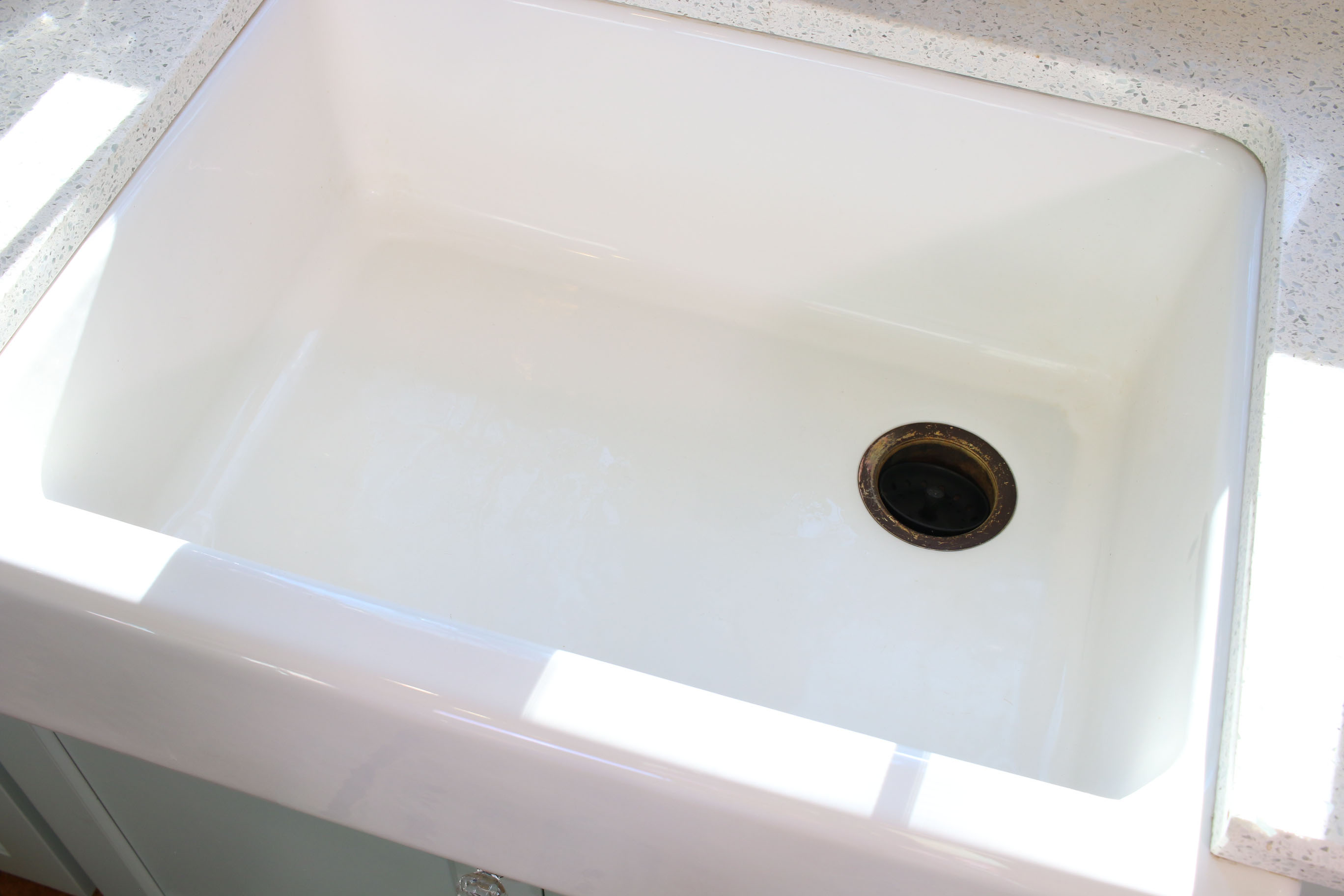
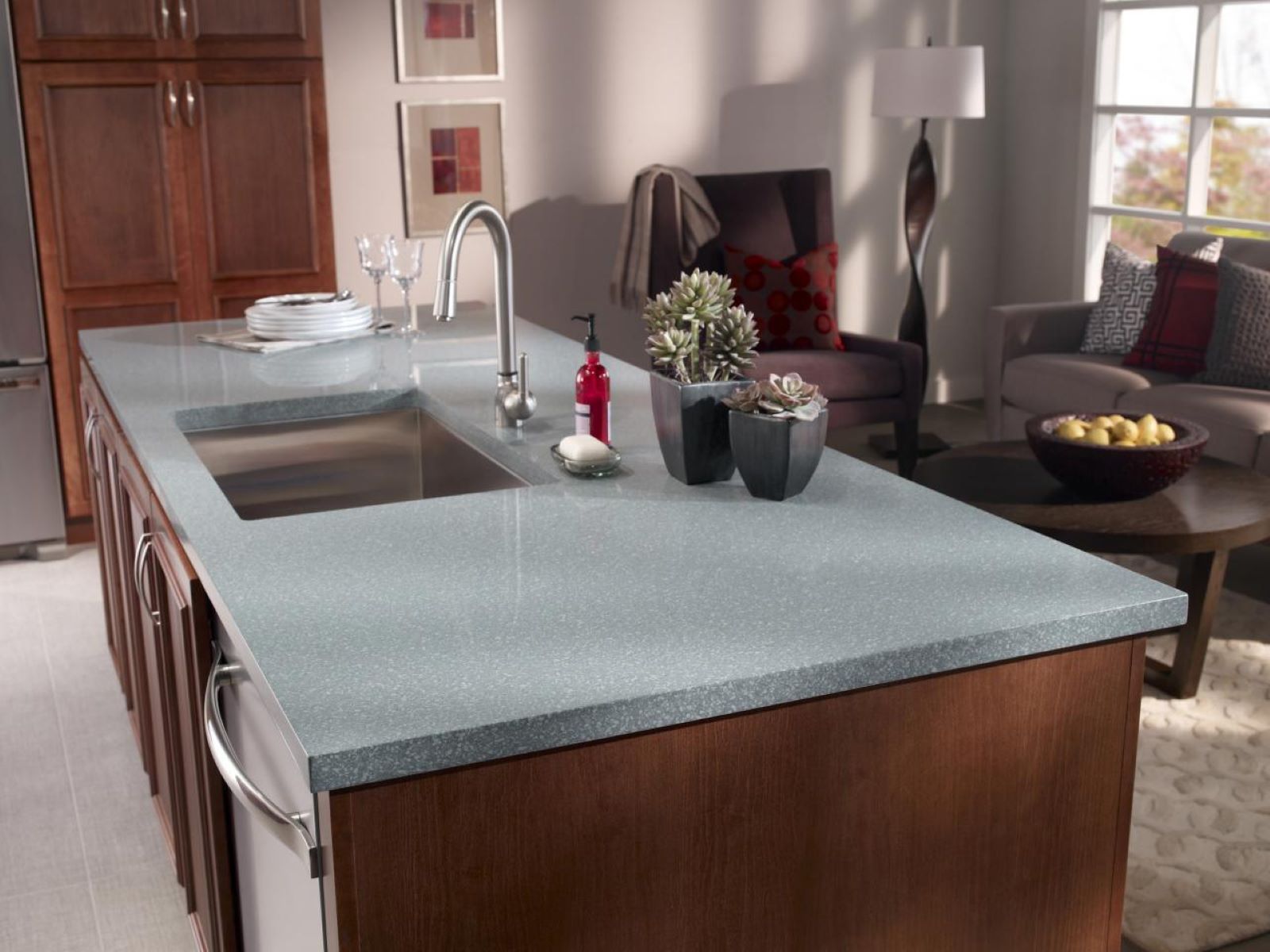
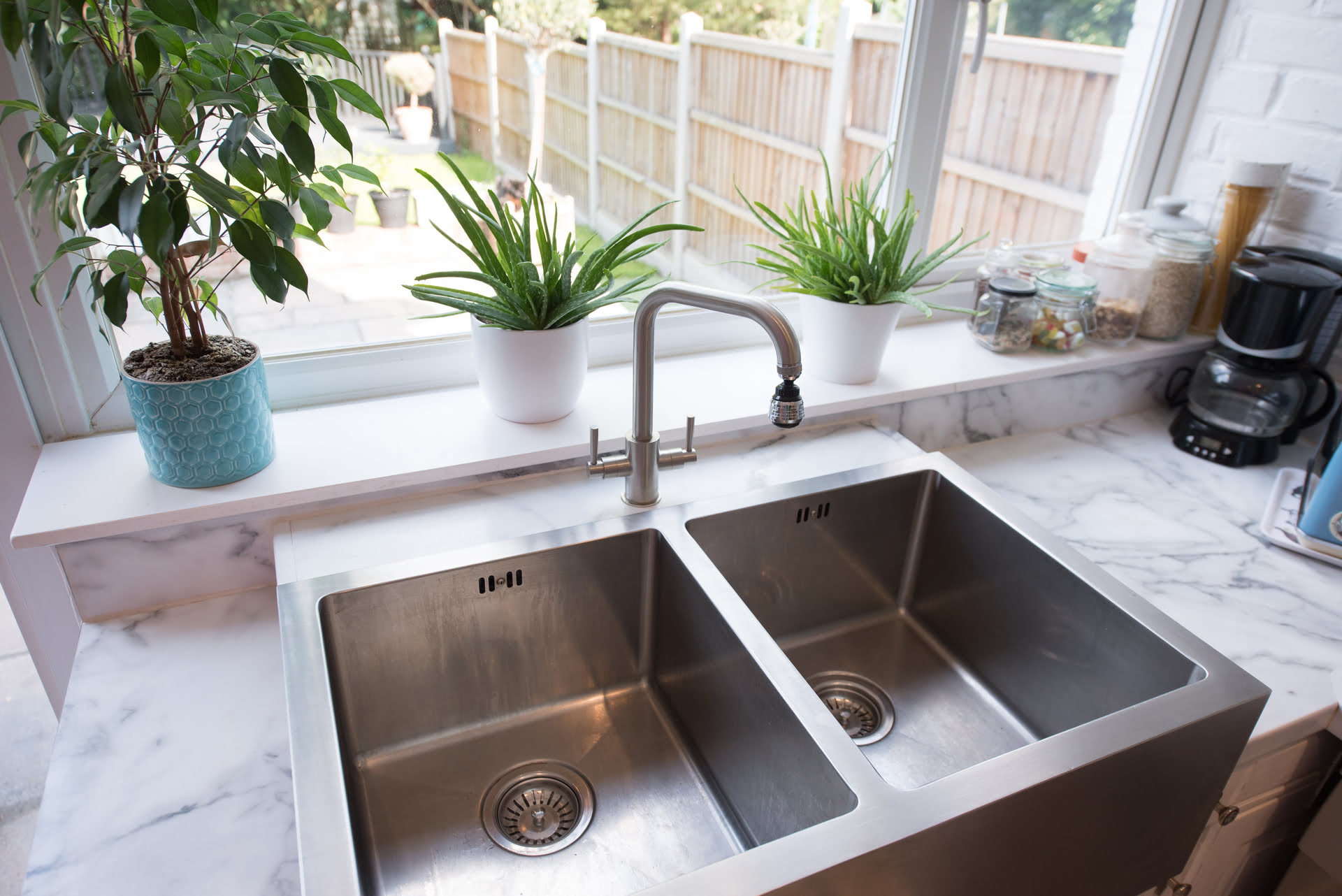
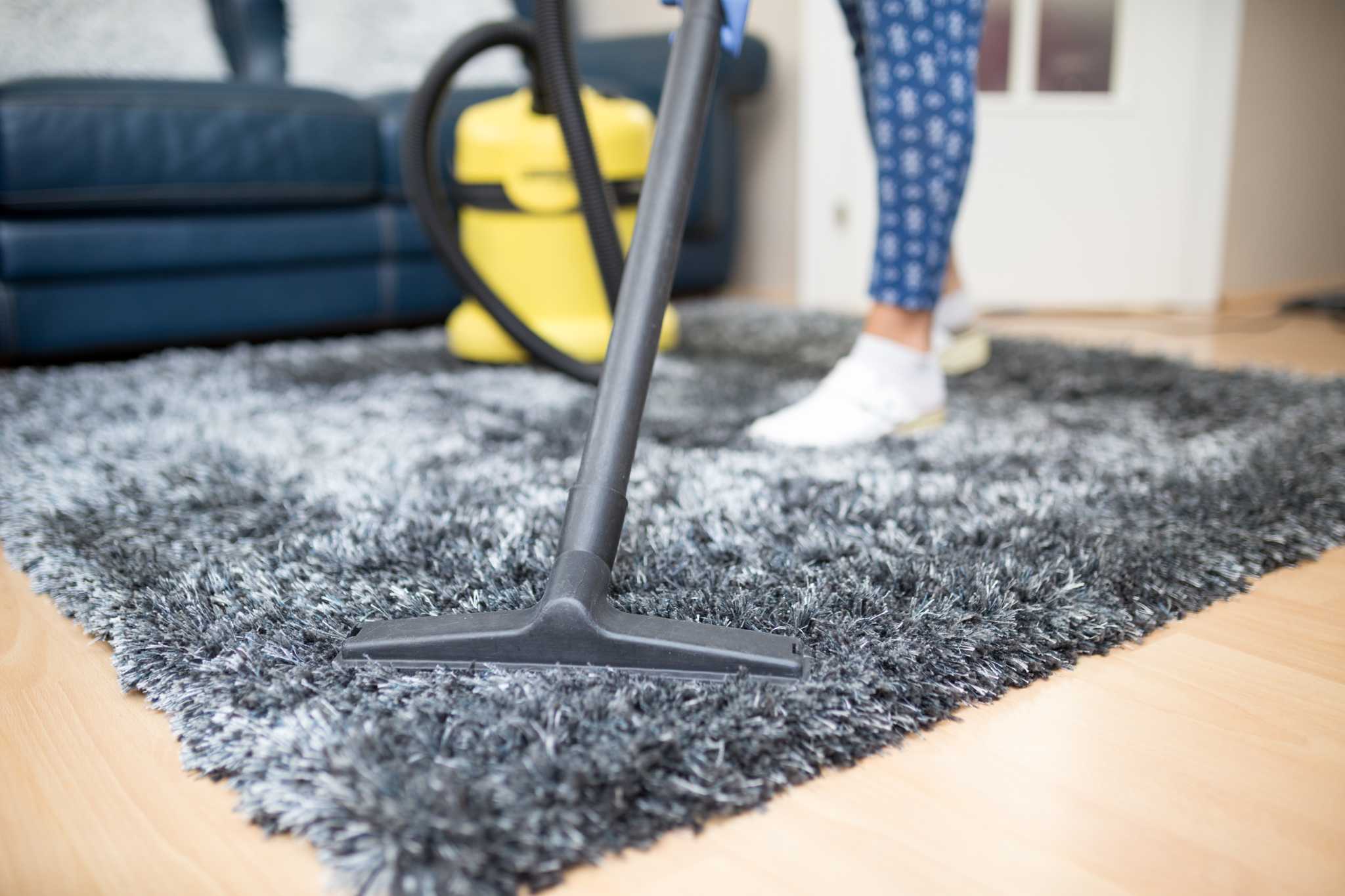
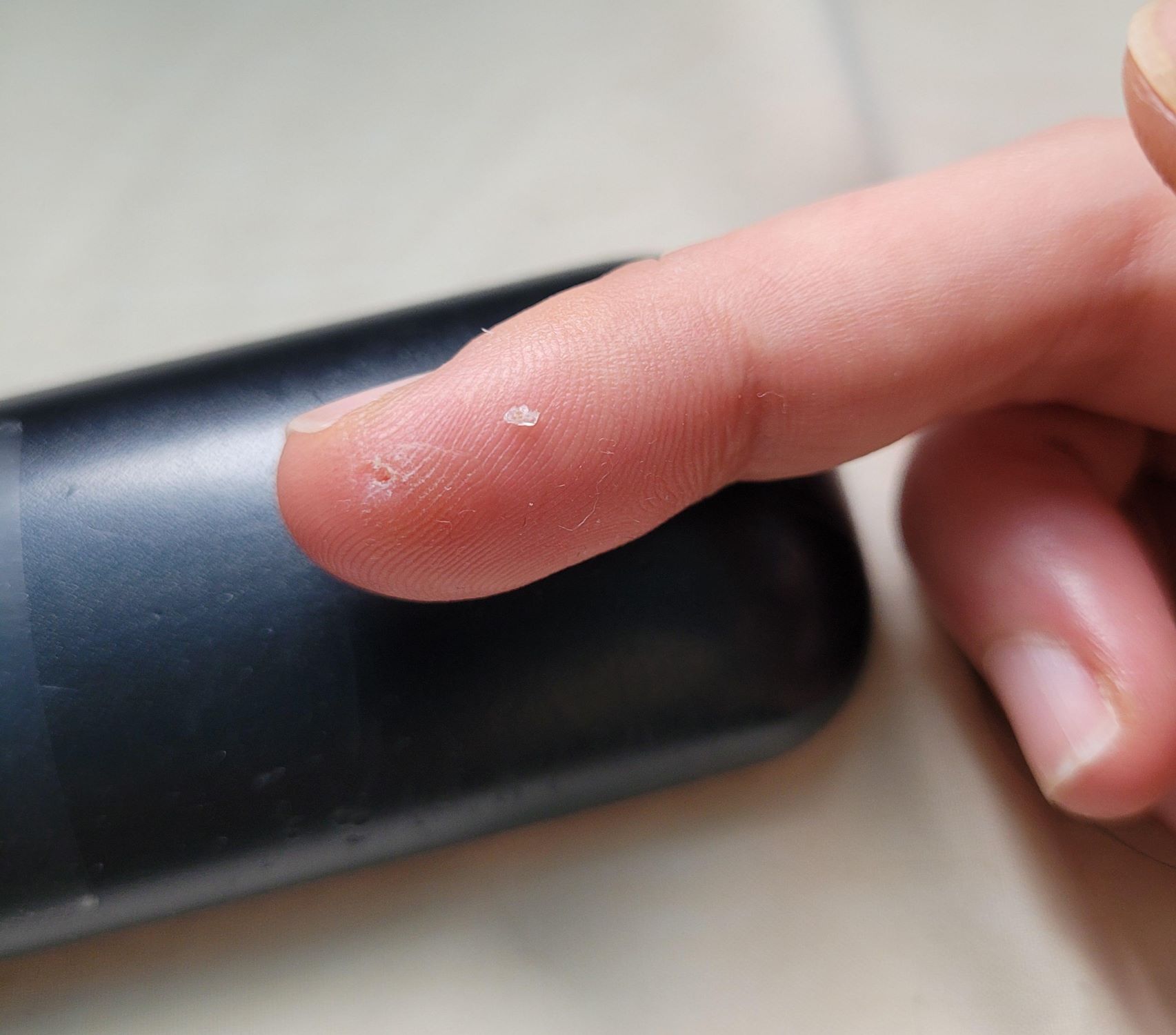
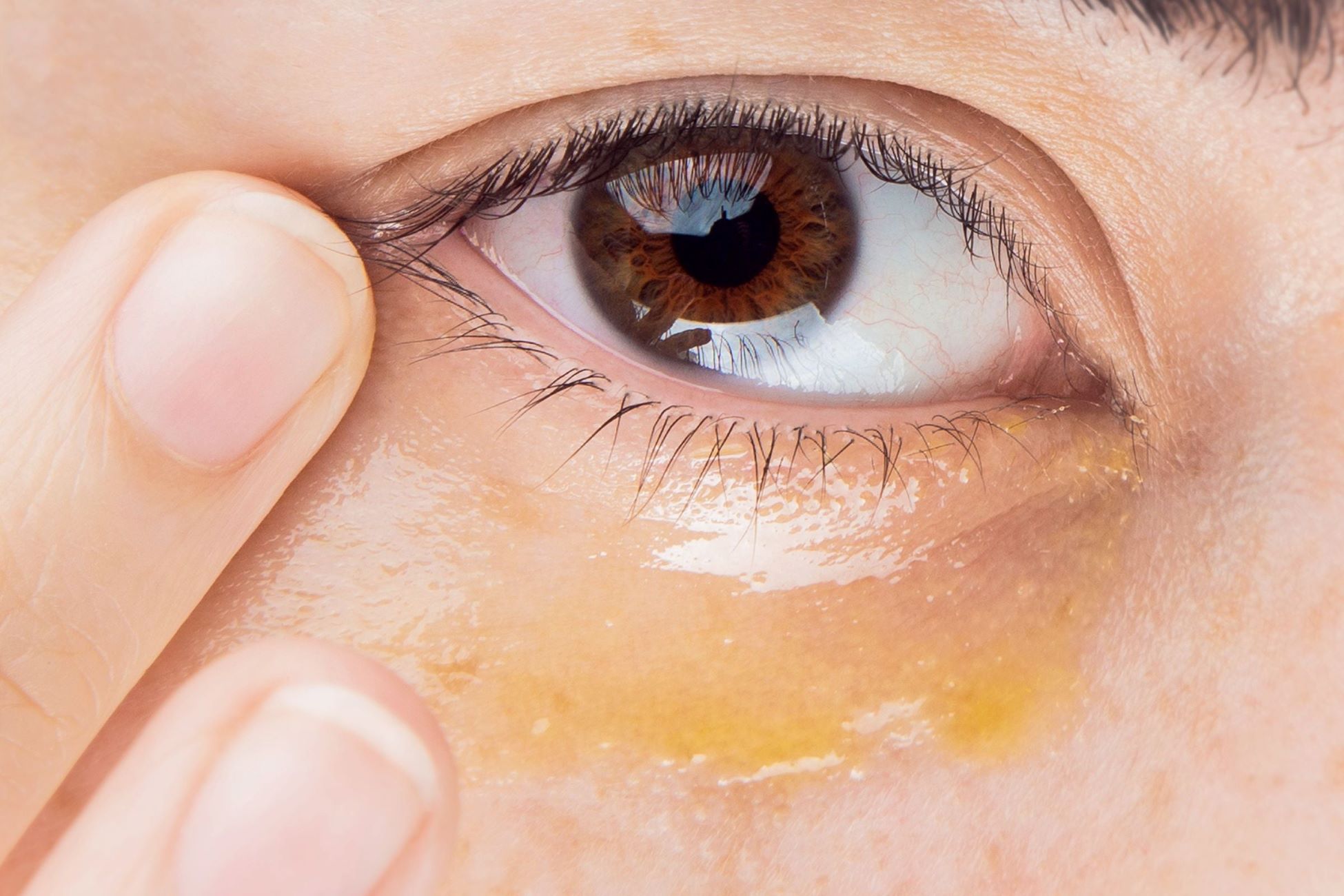
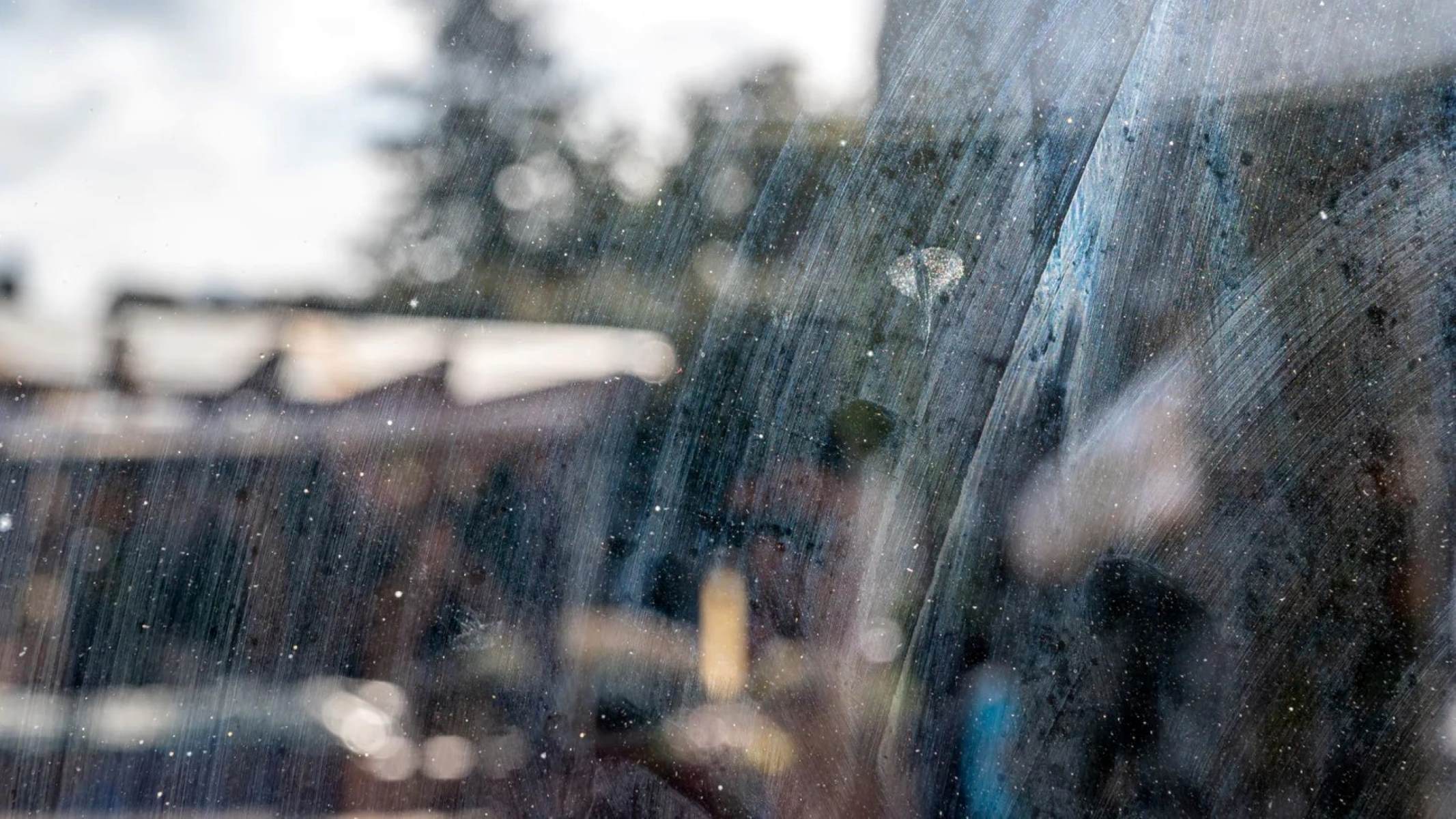

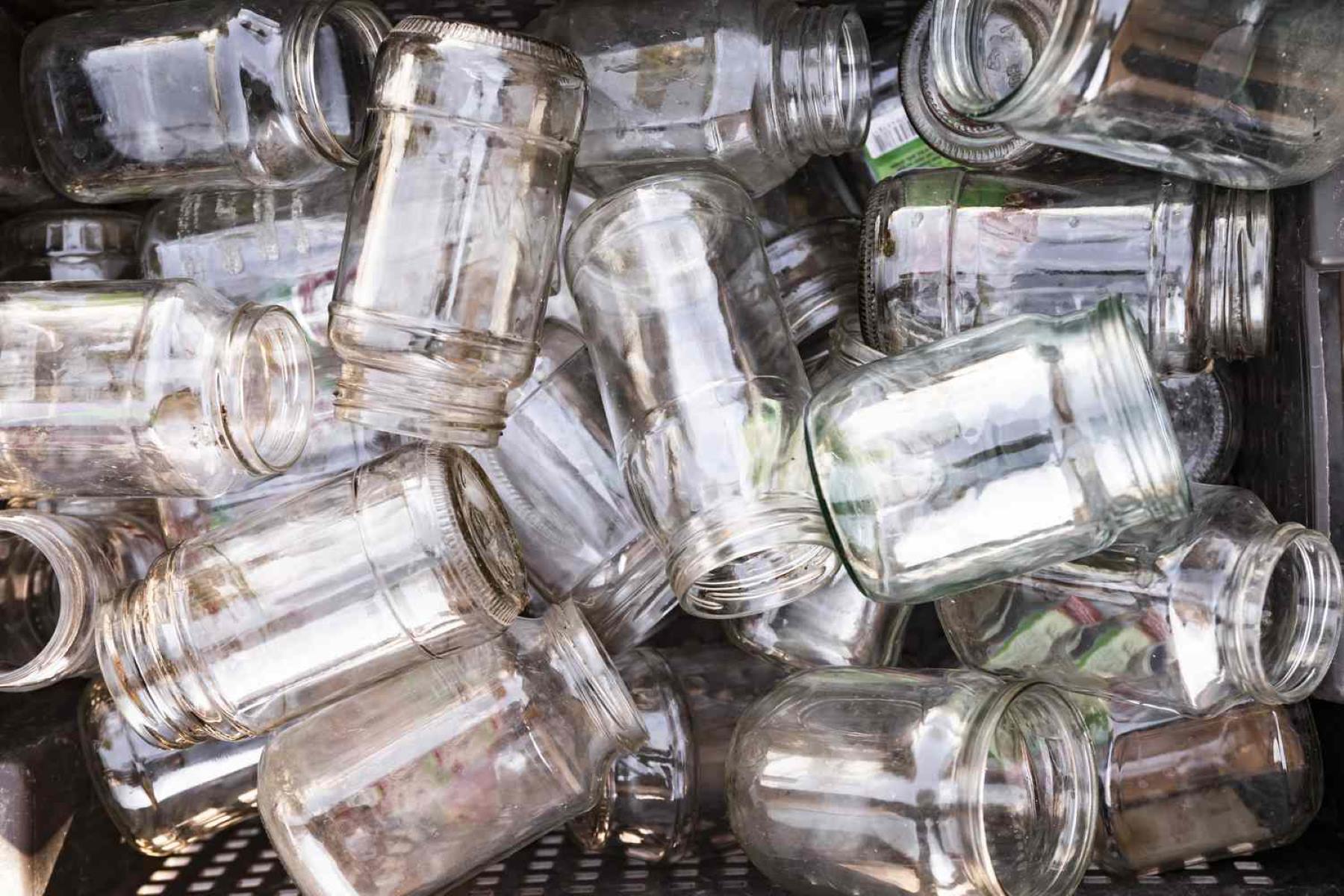
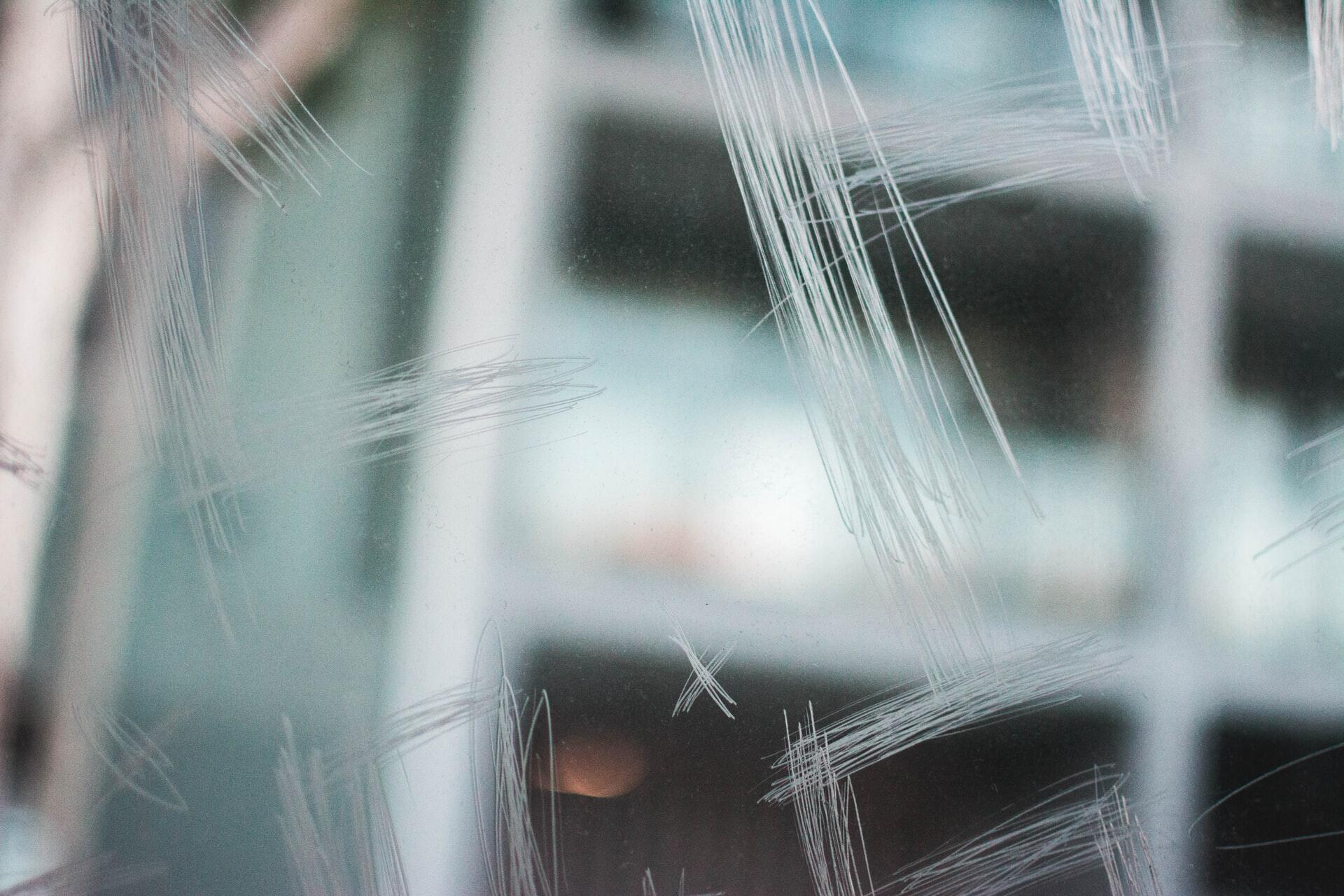
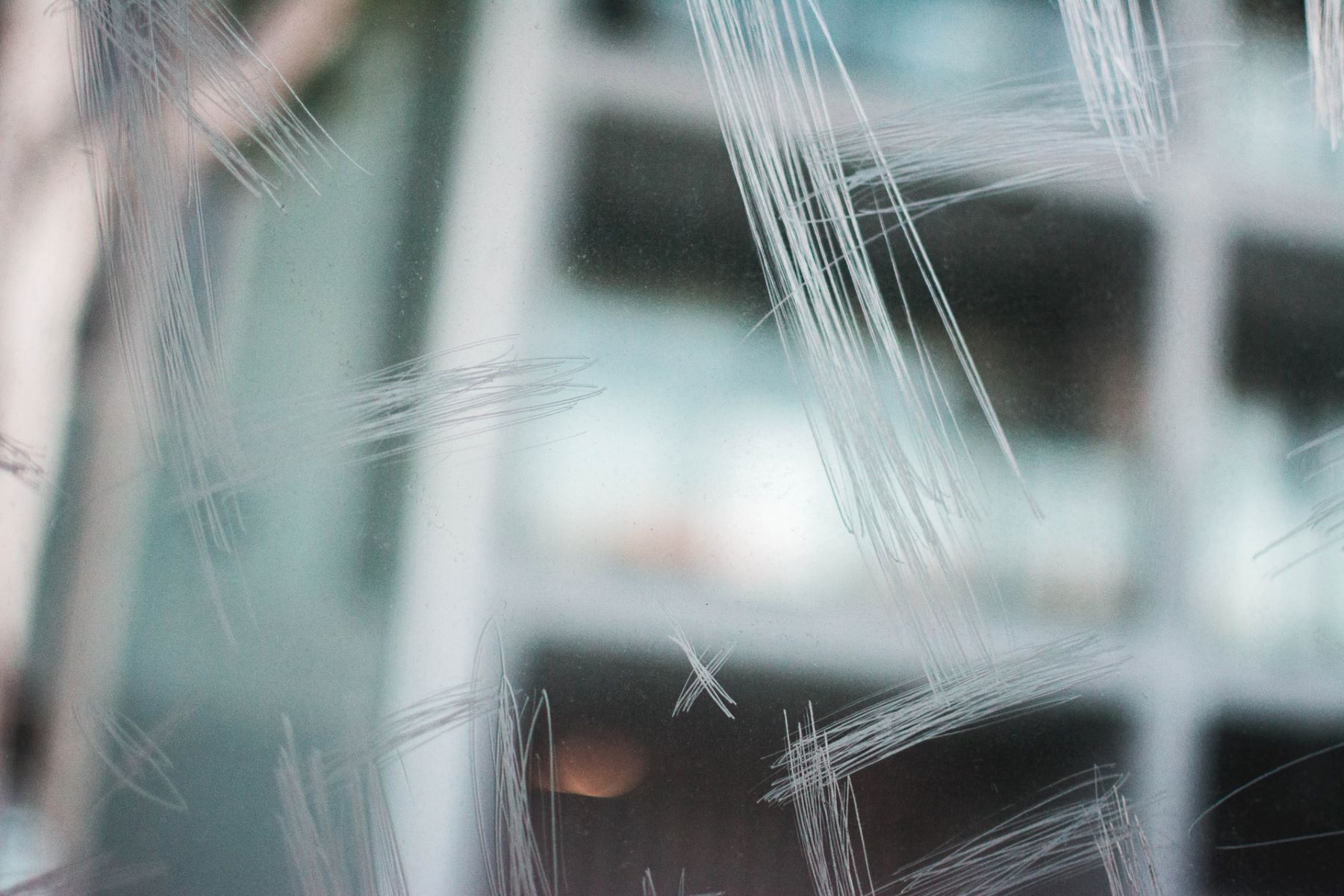
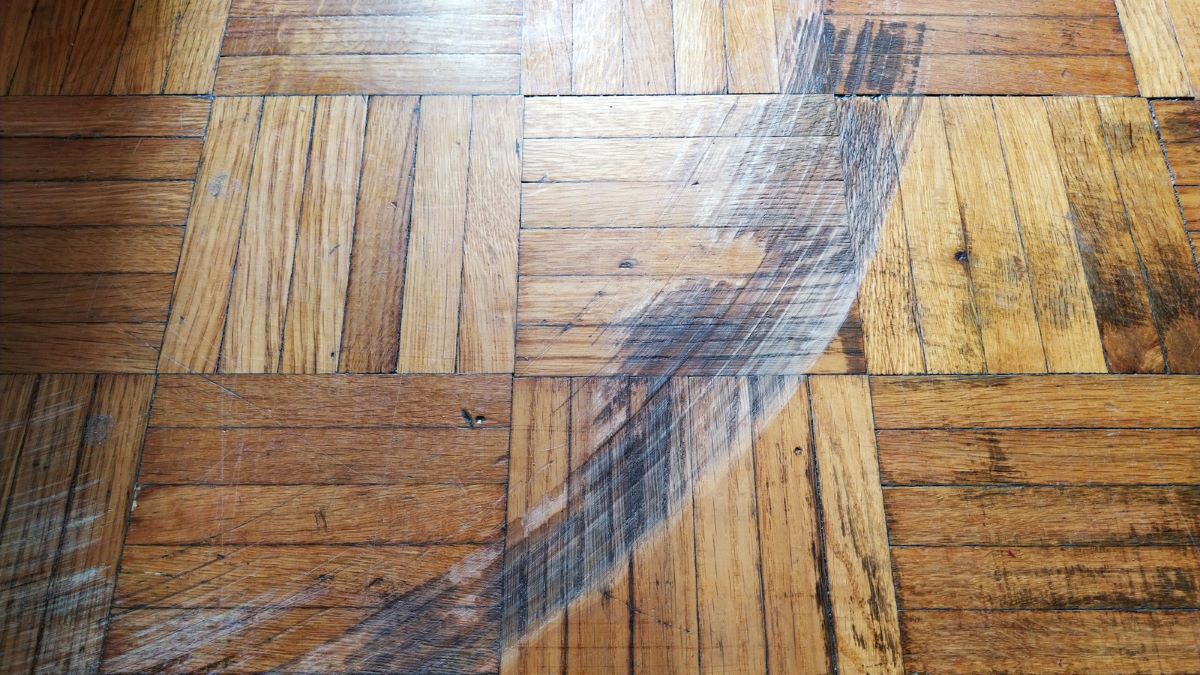
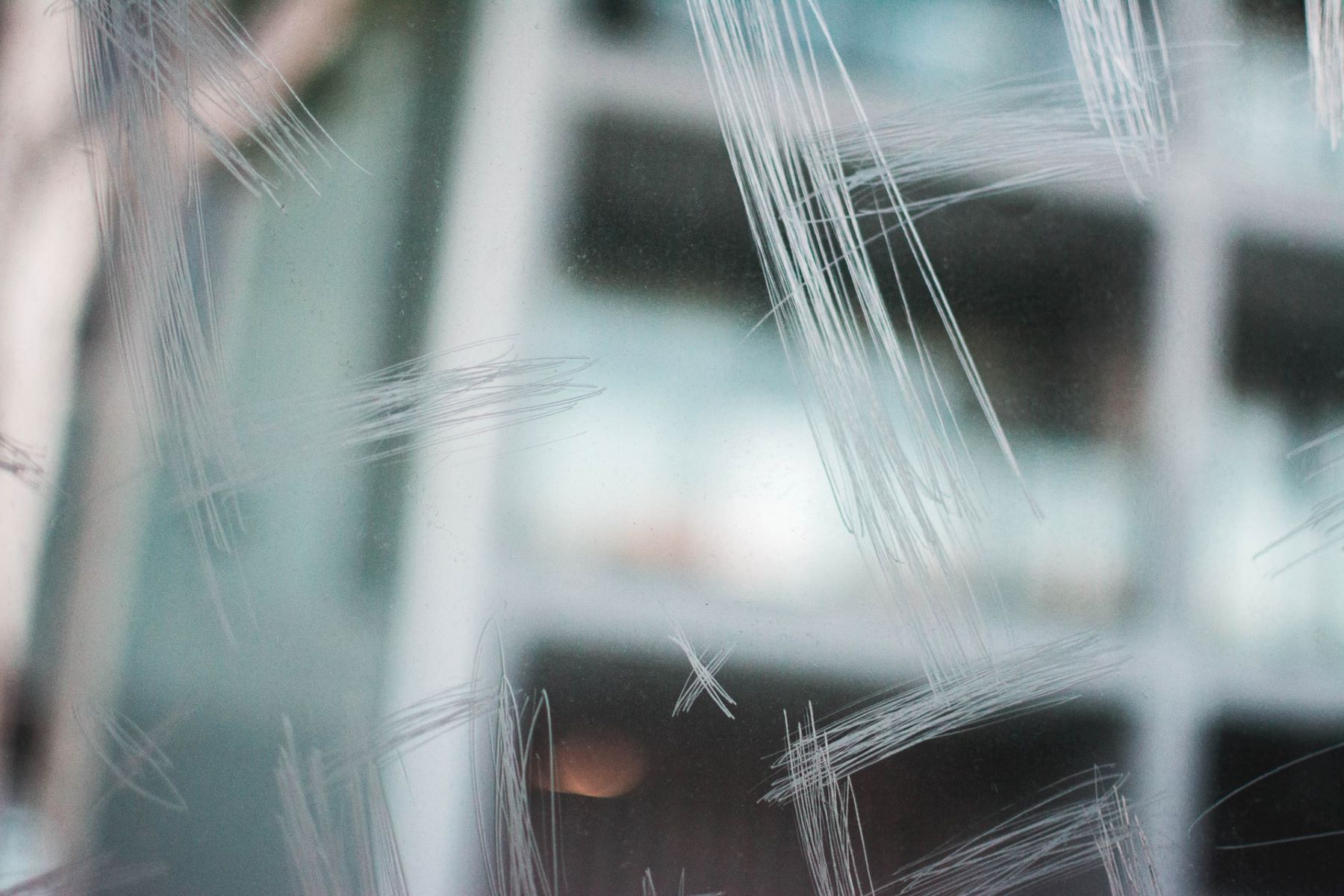
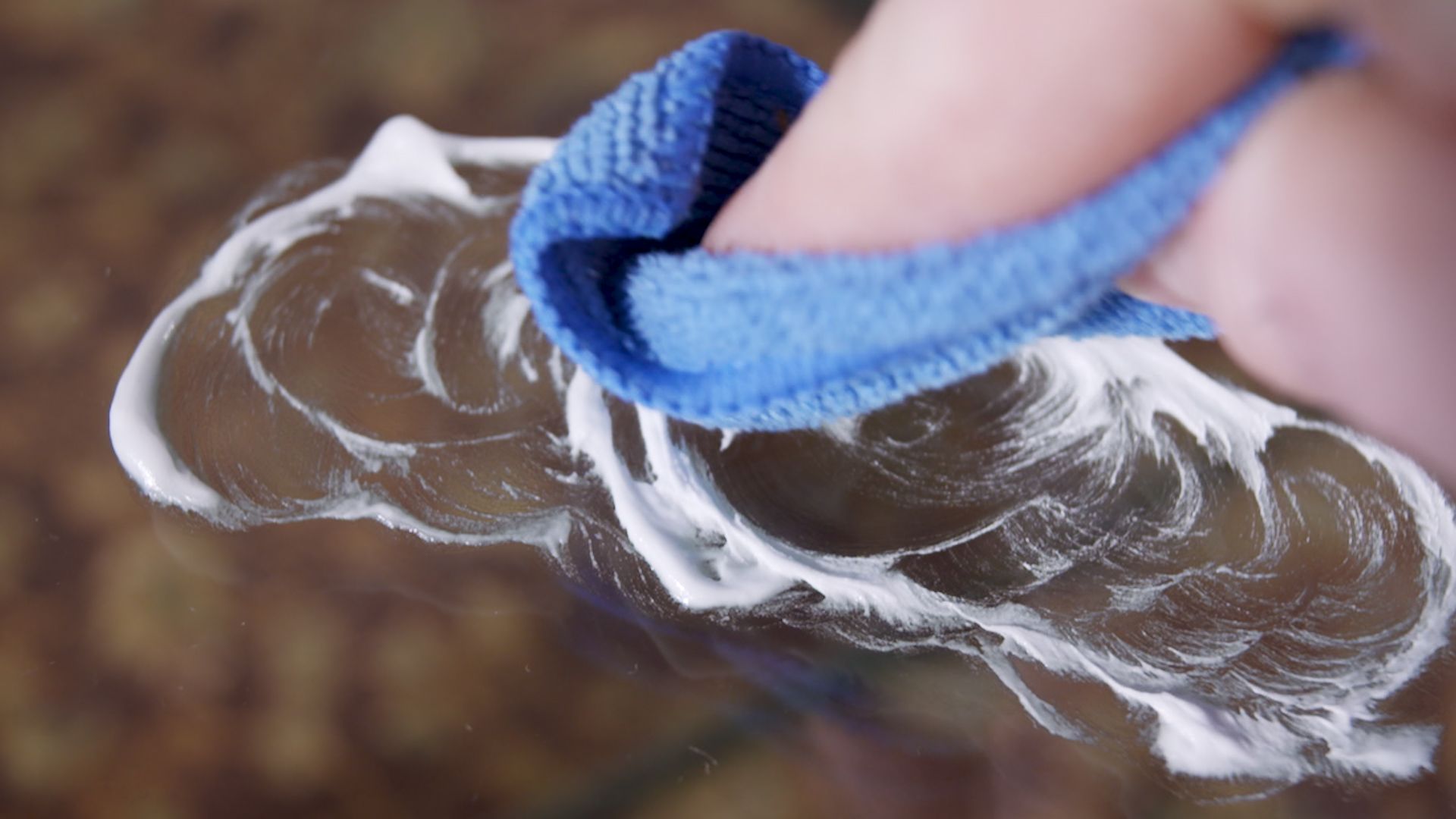

0 thoughts on “How To Get Scratches Out Of Glass”